I’ve been ranking my favorite Marvel Comics stories in half-decade increments. Time for DC to join the fun.
While the occasional Silver Age comic can be enjoyable, I’d rather not read a whole bunch at once. So, for DC, let’s start in the ’70s—the dawn of modernity. And we’ll start at 1971 specifically just to align with the Marvel lists.
Not surprisingly, Batman dominates this list. The ’70s are when the character emerged from his campy phase and re-embraced his dark roots, but without ever getting too dark. Batman stories hit a sweet spot during this era, and they heavily influenced the wonderful Batman: The Animated Series about twenty years later … so much so that some episodes are direct or partial adaptations of the comics.
So let’s get to it, and then compare to my favorite Marvel stories of the same period.
(As with the Marvel series, I’m going by release date, not cover date.)
10) Detective Comics #439 (by Steve Englehart and Vin & Sal Amendola)
Batman is a force of nature throughout most of the story, but at the end, the cowl comes off, and we see the person at the eye of the storm.
Criminals rob a bank, and one shoots a woman on their way out—he kills her right in front of her son. Batman sees this, and it hits far too close to home. He pursues the gang as they flee the city, and he stops at nothing to apprehend them.
Batman says not a single word of dialogue the entire story. The crooks do all the talking as they desperately try to evade the Dark Knight. One by one they fall to this unstoppable avenging spirit who seems anything but human. It’s the worst night of their lives.
But on the final page, the script and art show us that this unstoppable avenging spirit is human after all. There’s a heart beneath that formidable exterior. Events do affect him. It’s a wonderful moment of release.
9) Superman #247 (by Elliot S. Maggin, Curt Swan, and Murphy Anderson)
This one issue takes Superman from the depths of space to a small farming community in California, showing us the character’s range while also prompting some super-self-reflection. The Guardians of the Universe, galactic busybodies that they are, suggest that humanity is getting too dependent on Superman, which could impede Earth’s natural progress.
Returning to Earth, Superman notices a man bullying a boy. A group of farmers was striking until the boss threatened them, but the boy continued to stand up for the group—and now no one stands up for the boy … until Superman arrives and they all suddenly remember where they left their backbones.
After an earthquake, Superman figures out the proper scope of his services. Yes, he’s needed in situations where people truly can’t help themselves. Otherwise, people should strive for self-reliance and help each other. Superman isn’t shirking responsibility; he’s actually being more responsible by asking other people to not shirk their responsibility. Rather than succumbing to a savior complex, he’s inspiring everyone to be super in their own way, and that’s what Superman is all about.
8) Swamp Thing #7 (by Len Wein and Berni Wrightson)
The early issues of Swamp Thing were a delightfully macabre change of pace for DC, and this was an especially satisfying issue. The Batman guest appearance makes a nice selling point, and he fits right in with Berni Wrightson’s horror/noir art style. But it’s still the Swamp Thing’s story, as he finally confronts the man who’s responsible for his condition.
Swamp Thing and Batman conduct their own parallel investigations, which inevitably lead to a fight between the two. Superheroes meeting and fighting is an overused trope, one that can usually be avoided with just a moment of conversation. But this fight works because Swamp Thing can’t converse, and he’s not a superhero at all. The communication barrier adds friction, and for once, Batman’s relentless drive proves counterproductive.
Also, Swamp Thing wears a trench coat while lurking around Gotham City. This juxtaposition of the monstrous and the mundane creates a distinctive visual, the sort that’s most at home in the comic book medium.
7) Batman #234 (by Denny O’Neil, Neal Adams, and Dick Giordano)
Batman owes much of his enduring appeal to a rogues’ gallery of memorable villains. Among the most memorable is Two-Face, and this issue concisely encapsulates why.
What begins as a quirky crime—stealing a parade balloon—is part of a larger scheme with a bigger payoff, one that requires Batman to put his detective skills to work. Two-Face raises a sunken ship so he can steal its treasures, and the ship happens to scoop up a sleeping hobo as it surfaces.
A captured Batman appeals to Two-Face’s better half, urging him to save the innocent man before he blows up the ship. Two-Face refuses at first, but as he starts to row away, he can’t resist flipping his coin, the object into which he’s outsourced much of his Jekyll-and-Hyde duality. This brings us to a great sequence in which the villain of the piece—who’s already won—jeopardizes his success to save the life of a homeless man he has no connection with whatsoever.
It was never about the quirky crime—it was always about the man behind the crime. Both of him.
6) Green Lantern/Green Arrow #85-86 (by Denny O’Neil, Neal Adams, and Dick Giordano)
In Green Lantern/Green Arrow, our emerald heroes don’t just fight bad guys—they tackle social issues too. Sure, the book can get rather heavy-handed along the way, but it avoids getting too preachy. The key is that both Green Lantern and Green Arrow also have a lot to learn. Neither is a paragon.
In #85 and #86, Green Arrow’s parenting mistakes catch up with him when he discovers that his teenage ward, Roy Harper (alias Speedy), has gotten hooked on drugs.
The story opens with a bang as a mugger shoots Oliver Queen with one of his own arrows. The symbolism is appropriate. When Oliver learns about Roy’s drug habit, he lashes out at the boy and refuses to accept any responsibility for his earlier negligence. Only the kindness of Hal and Dinah helps Roy get back on track while Oliver takes out his frustrations on the drug dealers.
It’s not subtle, but it works because the story is driven by the characters, not just the message.
5) Batman #242-244 (by Denny O’Neil, Neal Adams, and Dick Giordano)
Ra’s al Ghul rates among the most formidable villains of the decade, and Batman knew it. In this three-parter, Batman proactively and relentlessly pursues his nemesis, even going so far as to “kill” Bruce Wayne to minimize distractions and vulnerabilities.
Batman displays greater humility than usual here. He knows he needs help, so he recruits a team of highly skilled individuals—not a superhero team, just a group of talented and fallible human beings. It’s not exactly Batman’s Eleven, but it’s more than he usually has. (It’s unclear why he doesn’t just ask the Justice League for help, but the story benefits from the more grounded approach.)
People get hurt. The stakes feel high. There’s even some world-building as we learn the secret of Ra’s al Ghul’s longevity. Neal Adams’s art is at its finest during the climax, when Batman and Ra’s duel in the desert and Batman rises from seeming death to take down his foe.
Batman’s drive and determination are on full display, but they’re tempered by just enough vulnerability.
4) Batman #232 (by Denny O’Neil, Neal Adams, and Dick Giordano)
How to introduce a new Batman villain? Hide him in plain sight.
Robin is kidnapped. Then a mysterious man moseys on into the Batcave, claiming that his daughter Talia has apparently been kidnapped by the same people.
It’s a distinctive introduction for Ra’s al Ghul. This guy has deduced Batman’s secret identity before ever meeting him and immediately brandishes this knowledge as his greeting. And he proceeds to lead him around the globe so Batman can find a kidnapper who’s standing right next to him the entire time. However, the whole thing is a test, as Ra’s sees Batman as more than just a potential enemy.
We don’t learn everything about Ra’s in his debut issue, but we don’t need to be inundated with all the details at once. Gradual introductions are often better, and this one works wonderfully.
3) Superman #248 (by Len Wein, Curt Swan, and Murphy Anderson)
This clever issue answers an interesting question: What happens if Lex Luthor wins?
Luthor constructs a “Galactic Golem” that should prove a match even for Superman—and it does. Superman struggles to overcome the monster, and when he finally thinks he’s discovered its weak spot, the force of his punch triggers a cataclysmic surge of power, apparently wiping out not only Superman but the entire population of Earth along with him. Luthor believes himself to be the last surviving human on the entire planet. Dangerous criminal though he is, he’s racked with guilt at the idea of having destroyed the world.
The resolution is kind of out-there, which is to be expected with this era’s Superman. But it remains a strong issue for showing us a different side of Lex Luthor. For all his bluster and evil machinations, Luthor does retain some fondness for humanity. And he should be careful what he wishes for.
2) Detective Comics #457 (by Denny O’Neil and Dick Giordano)
Published during the final days of 1975, this one barely slips in, but it absolutely deserves recognition. This issue retells Batman’s origin without merely rehashing it. It deepens Batman’s world in a way that also deepens his character.
Once a year, Batman gives his full attention to Crime Alley, a formerly upscale neighborhood that’s fallen on hard times. It’s where his parents were murdered, and it’s also where a local woman showed him great kindness immediately after that tragedy.
Leslie Thompkins debuts in this issue. She would go on to become a more significant supporting character and Batman confidant. Here, her appearance shows how the Waynes’ murder affected more than just young Bruce, motivating others to do good in whatever small ways they can.
This excellent issue measures Batman’s world on a human scale.
1) Batman #251 (by Denny O’Neil and Neal Adams)
The Joker is out for revenge. One of his former henchmen ratted on him. Since he’s not sure which, he’ll just go ahead and kill them all.
This issue reintroduces Joker for a more modern era and reestablishes him as an unhinged homicidal maniac who delights in matching wits with Batman. But he isn’t trying to blow up the city or anything like that. The stakes are narrow but still meaningful as a very human Batman goes to great lengths to save criminals and ex-cons—and he doesn’t always succeed.
Plus, we get a classic death trap as Joker shoves Batman into a shark tank. With his hands bound behind his back, Batman needs to employ both brains and brawn to save himself as well as the Joker’s latest victim.
This straightforward, standalone, and expertly crafted issue gives us the quintessential Batman and Joker—larger-than-life figures, yes, but ones who remain mortal.




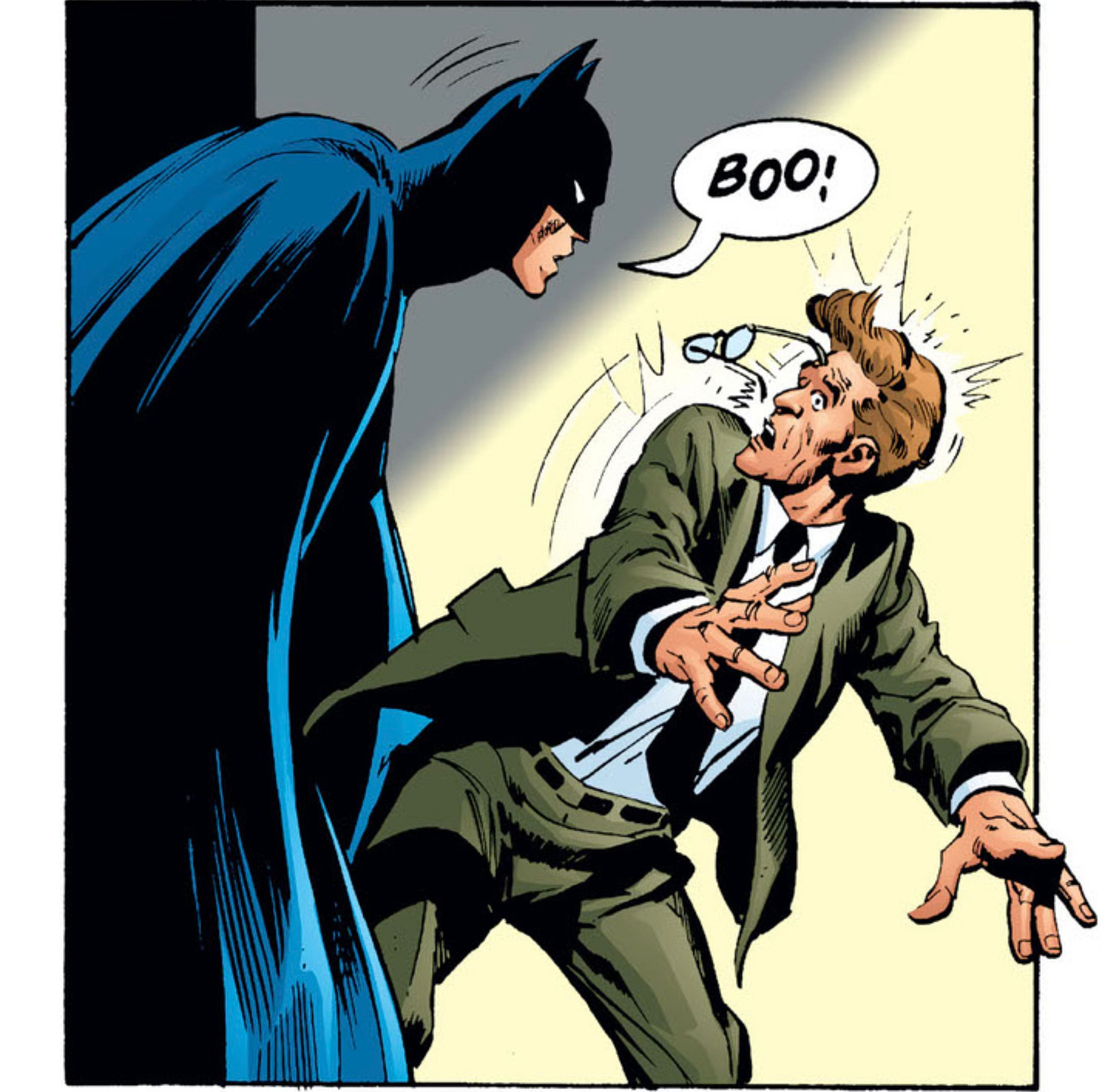
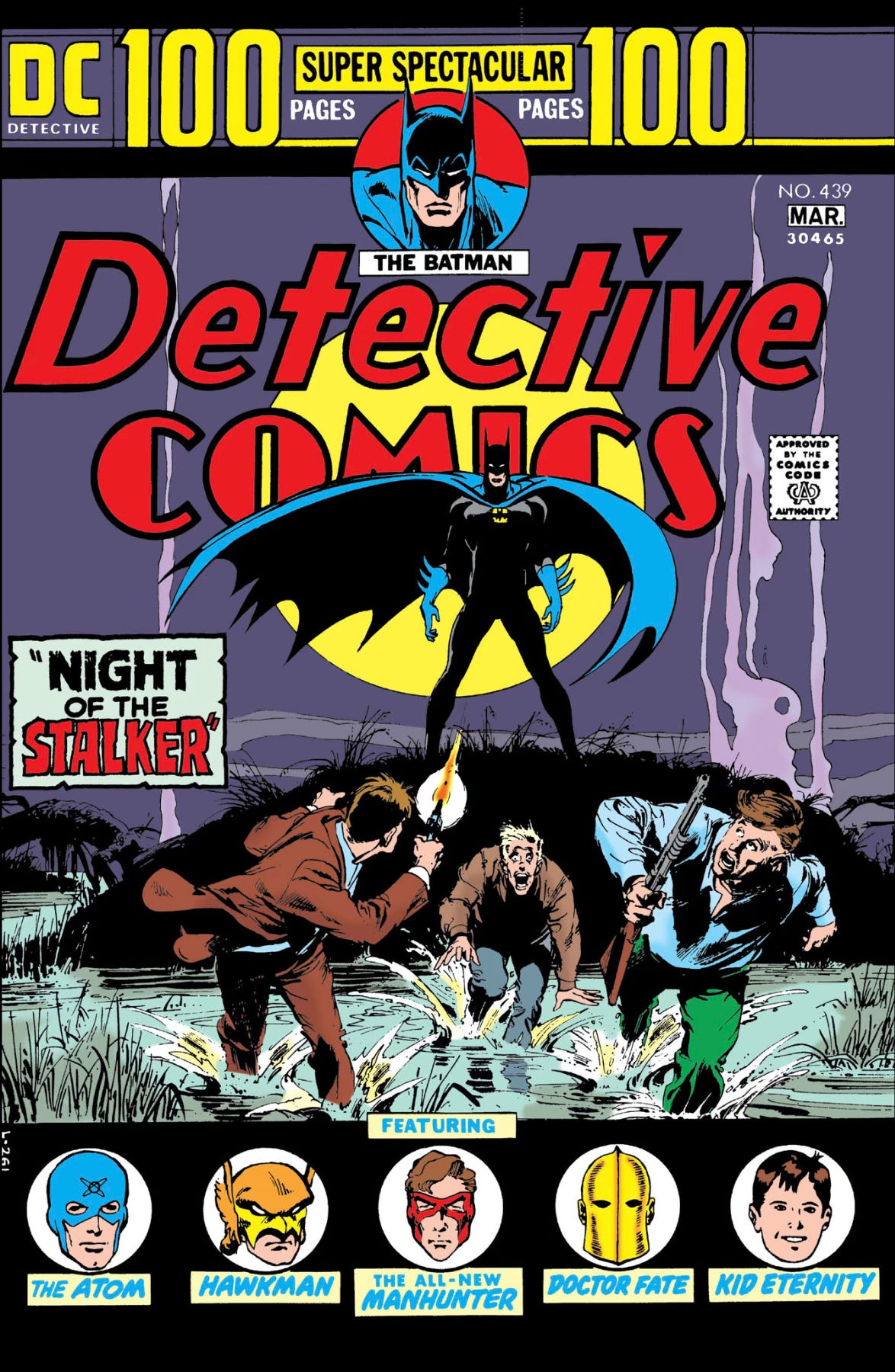

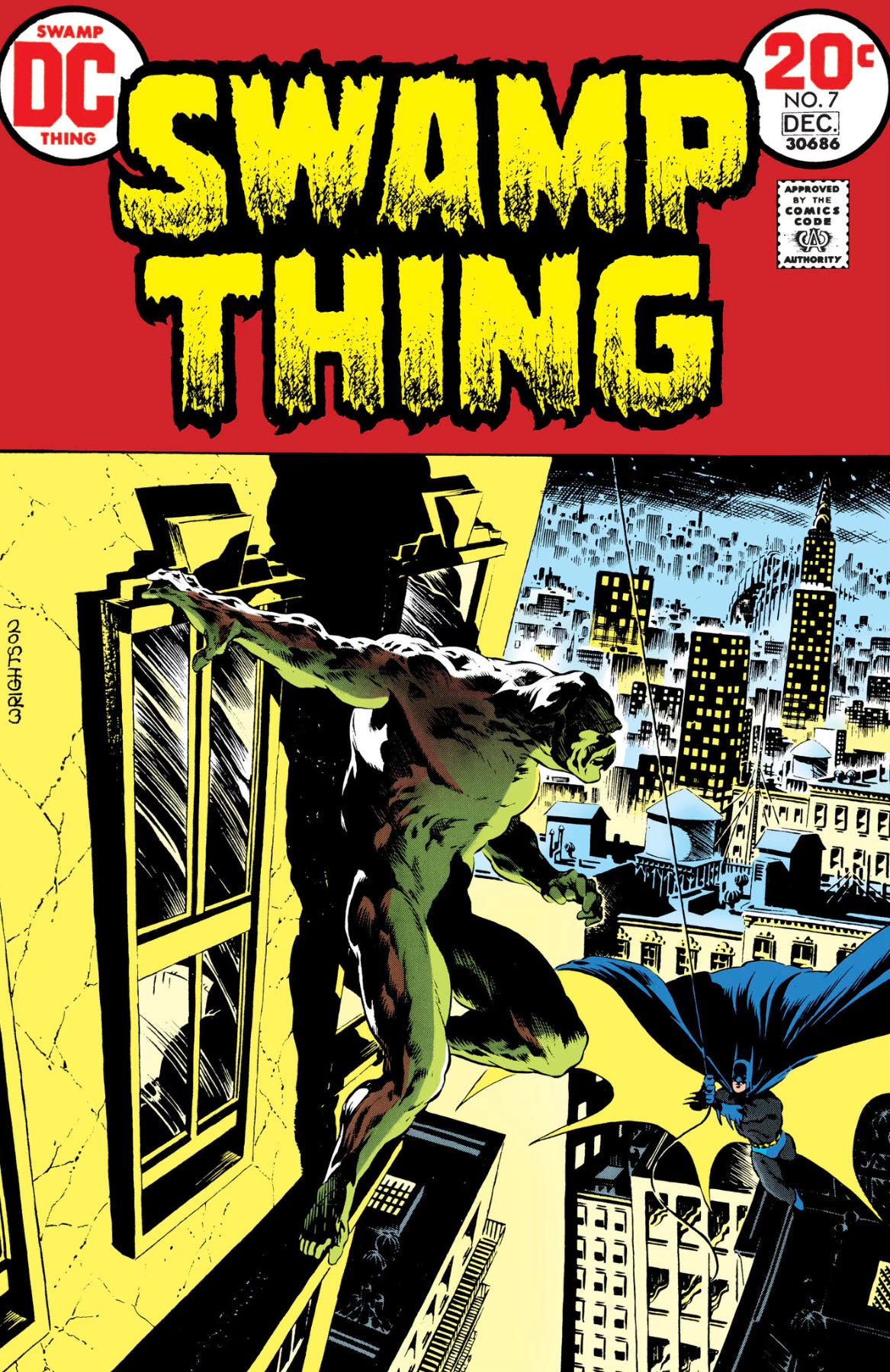
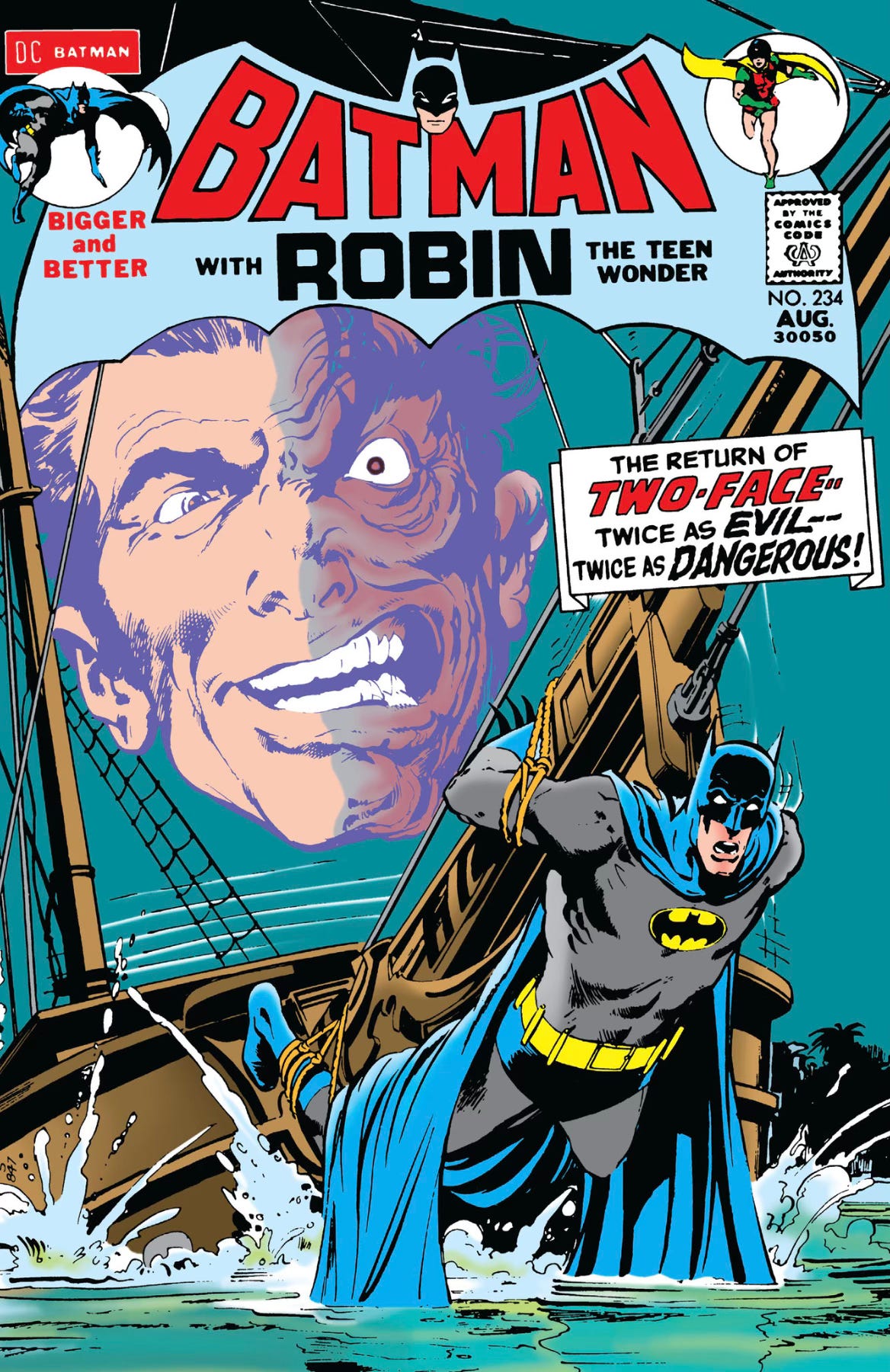
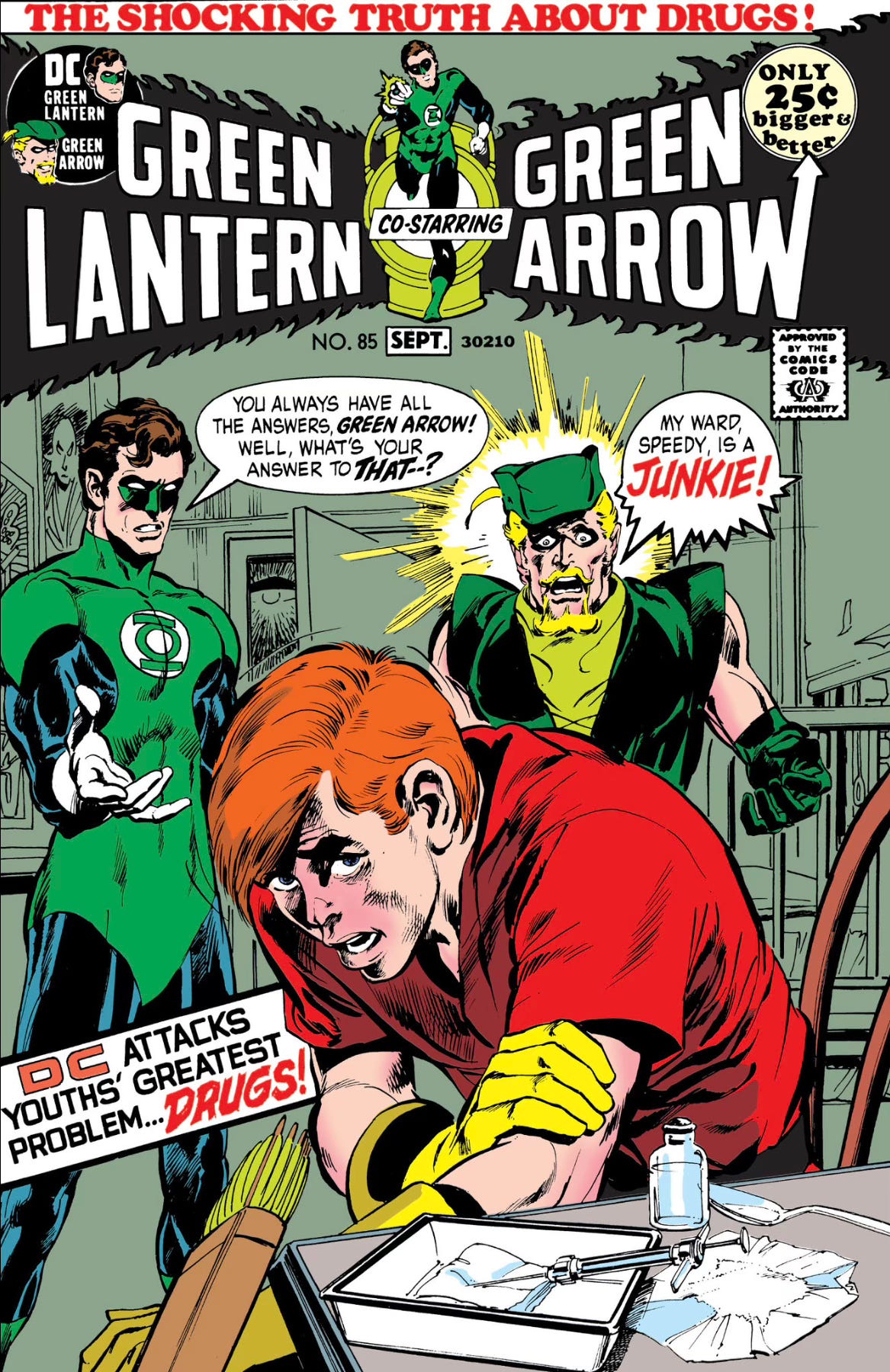
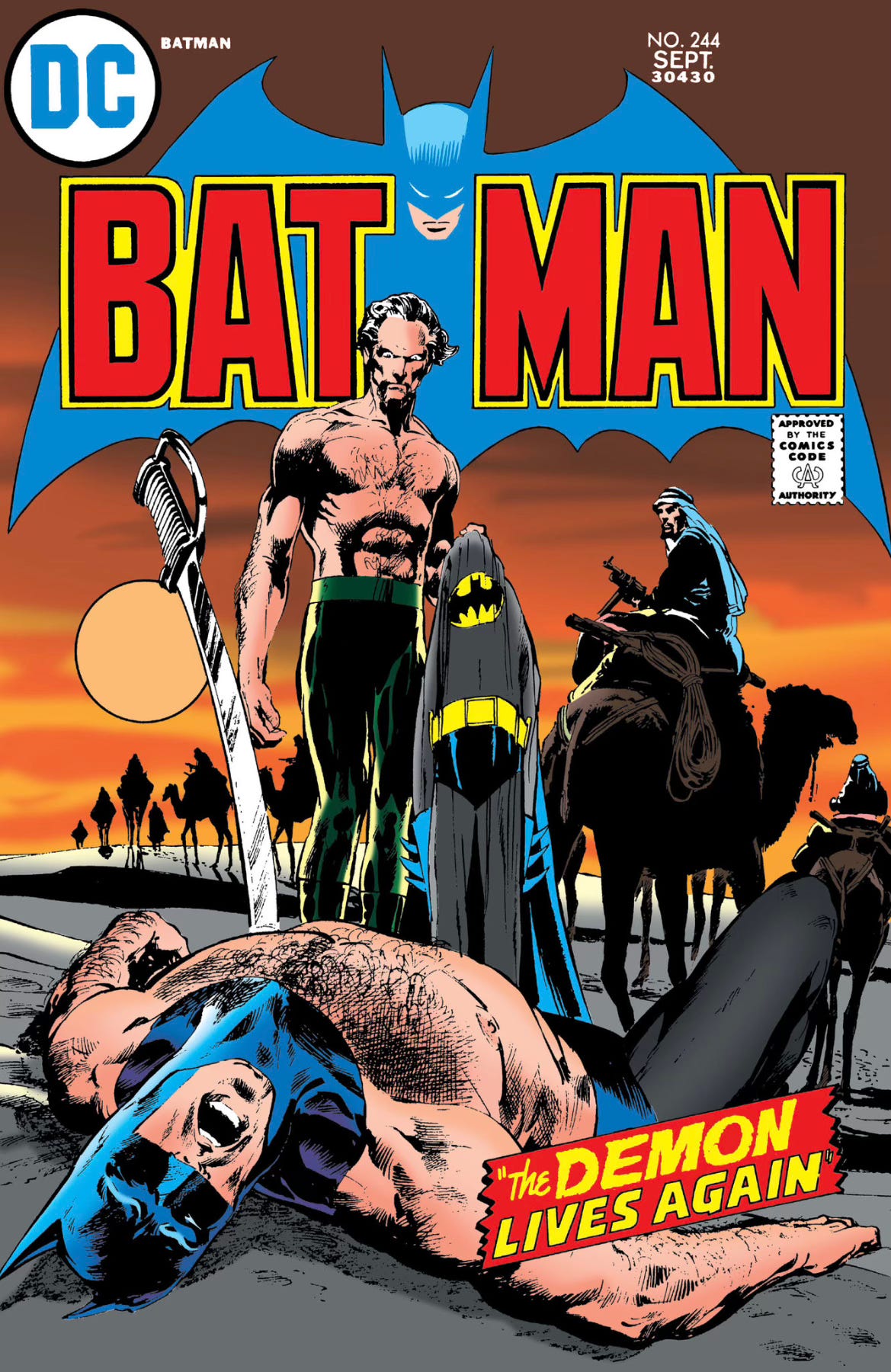
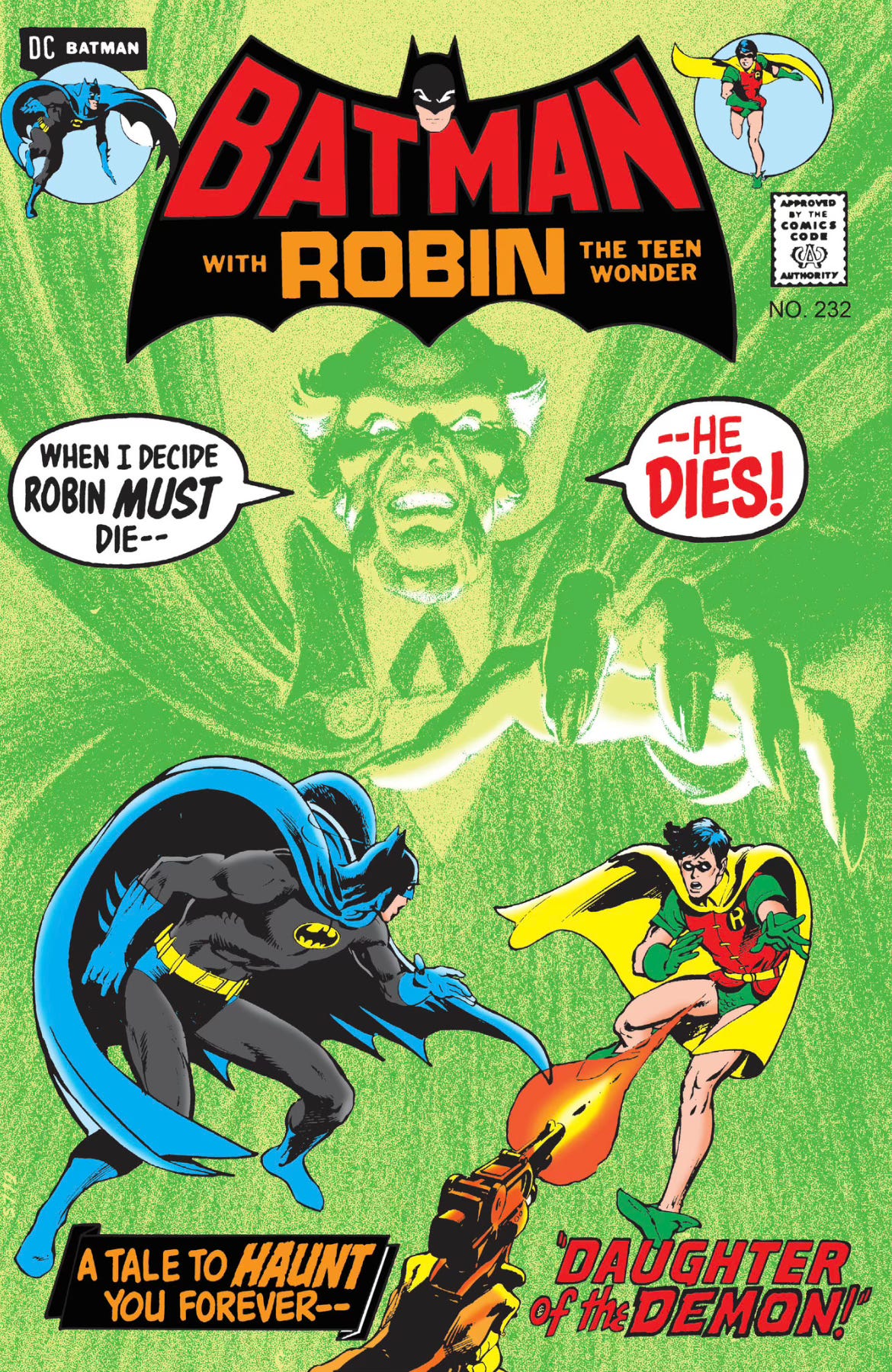
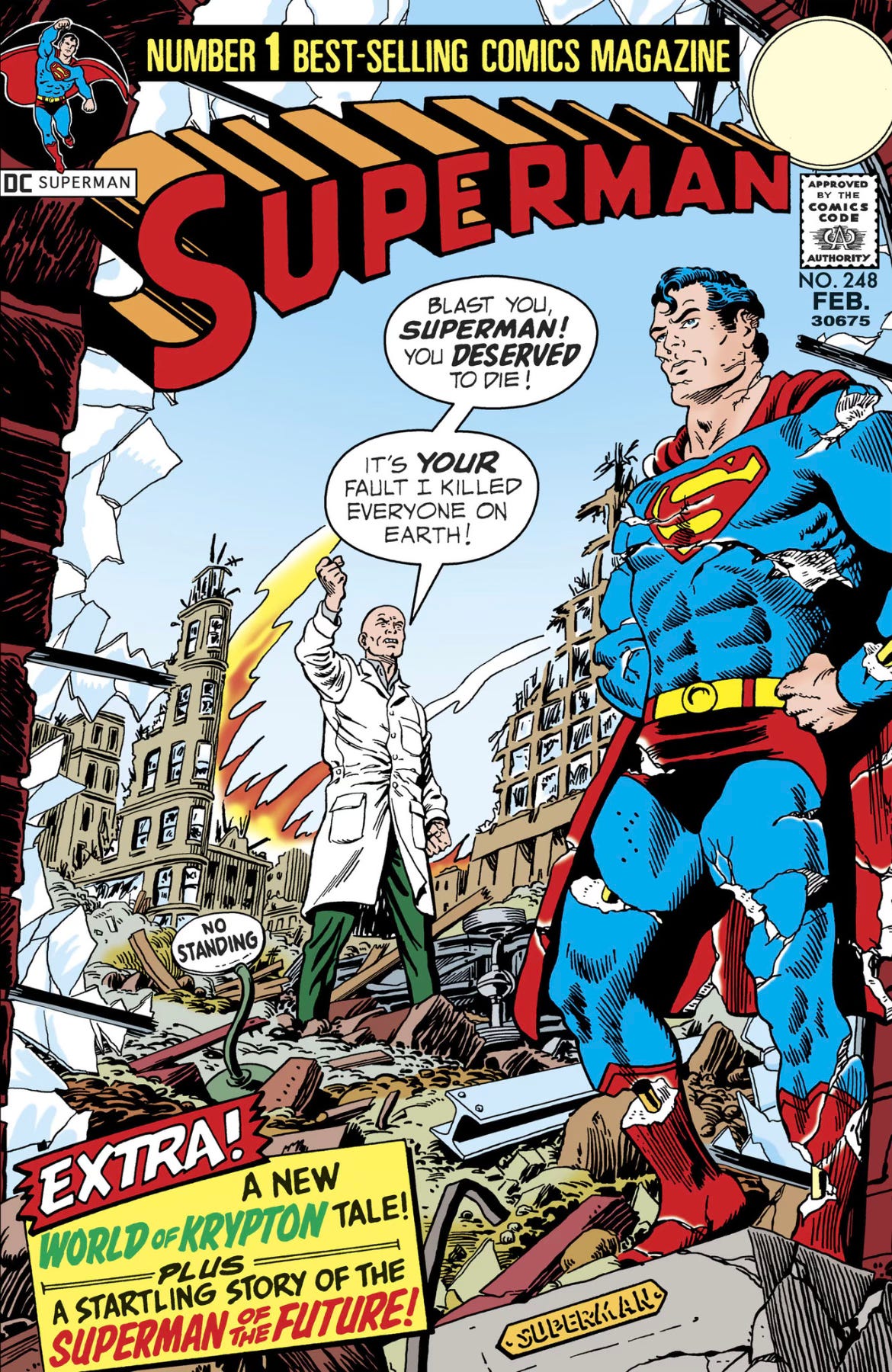
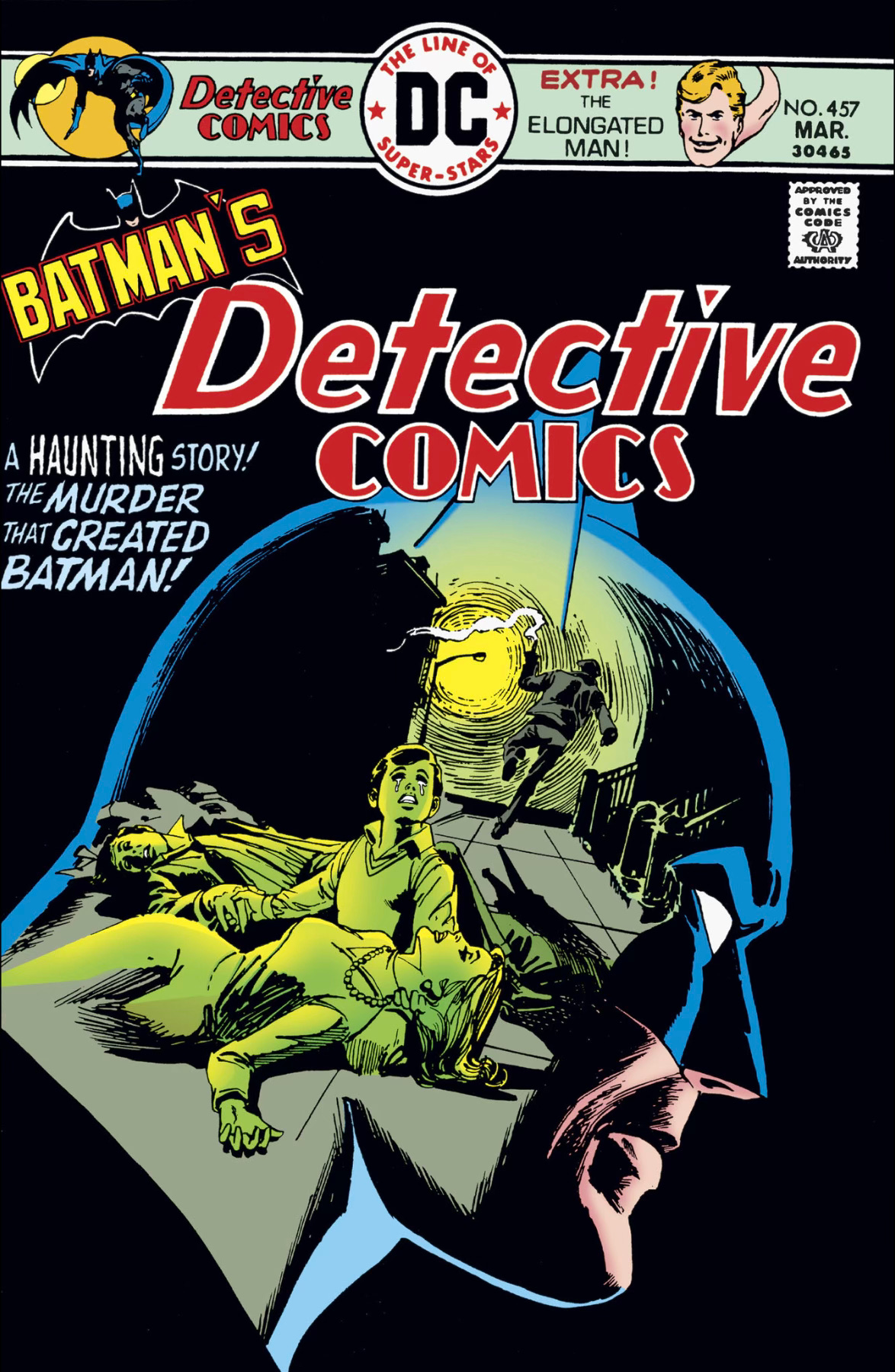
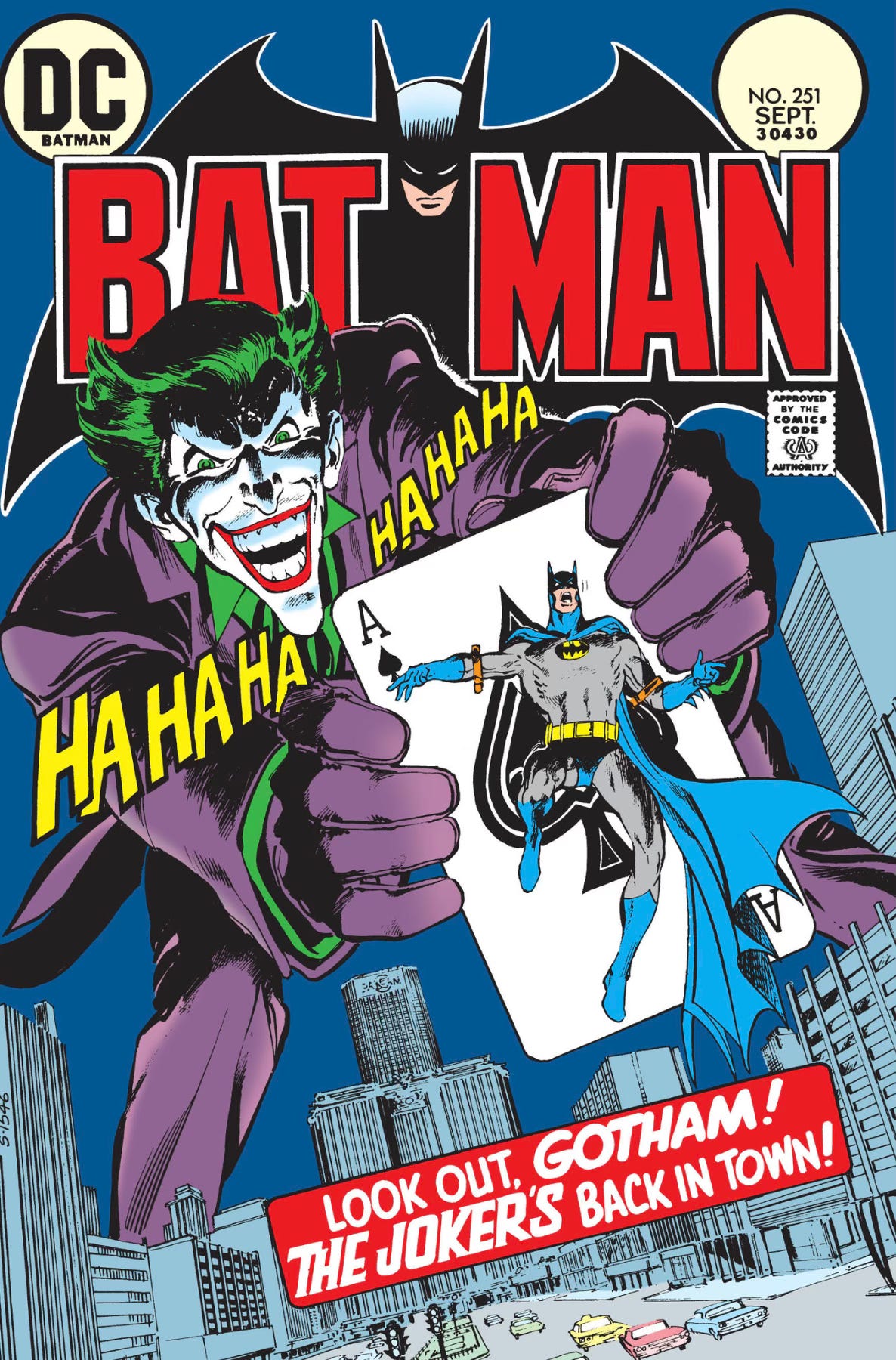
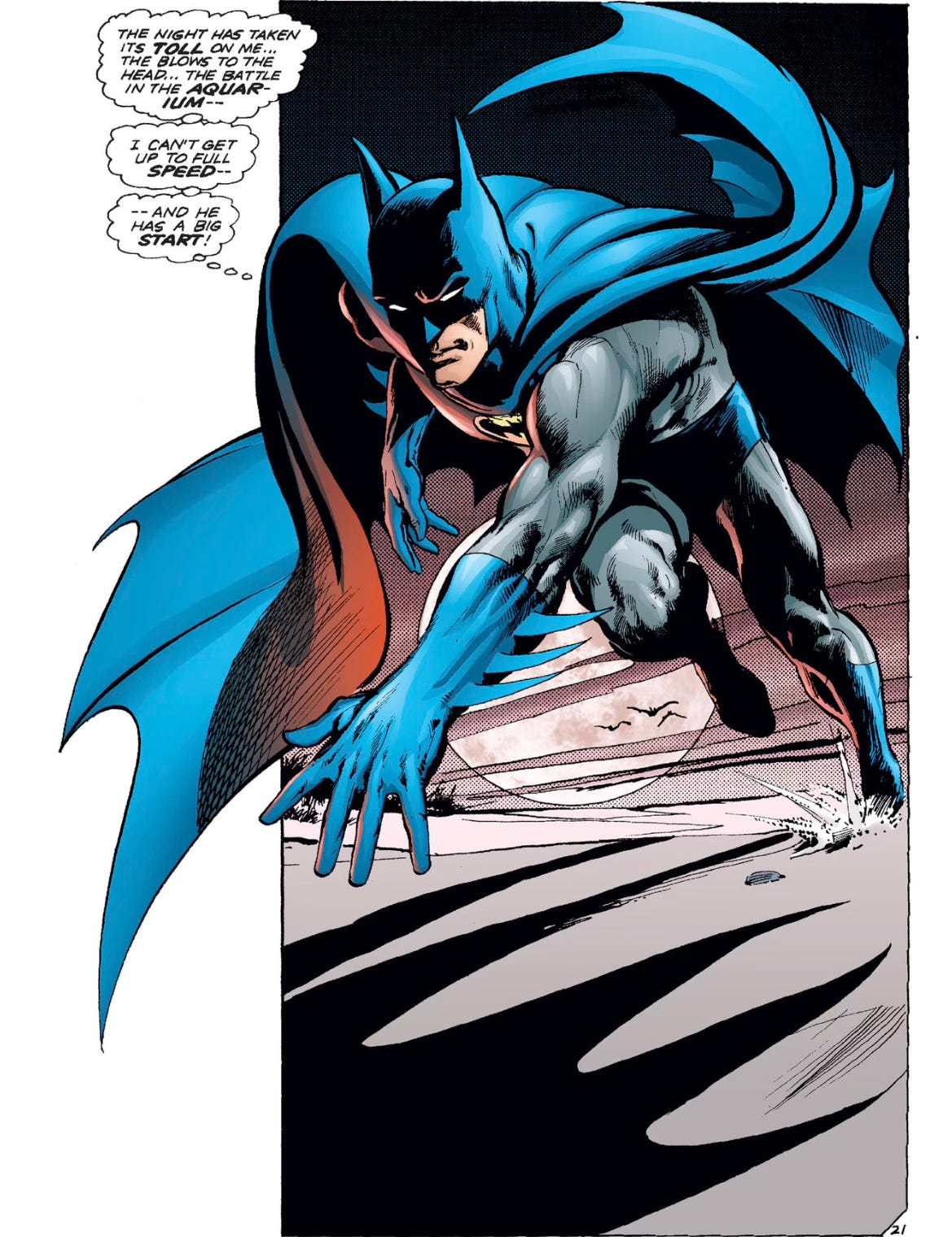
My God, those covers. I've only read the Denny O'Neil Batman ones, but all of them look terrific.
Great choices. The Neil Adams art alone is worth highlighting. The introduction of Ra’s is probably my favorite of the bunch. I feel like Superman #248 was adapted as a JLA episode with Vandal Savage instead of Luthor.